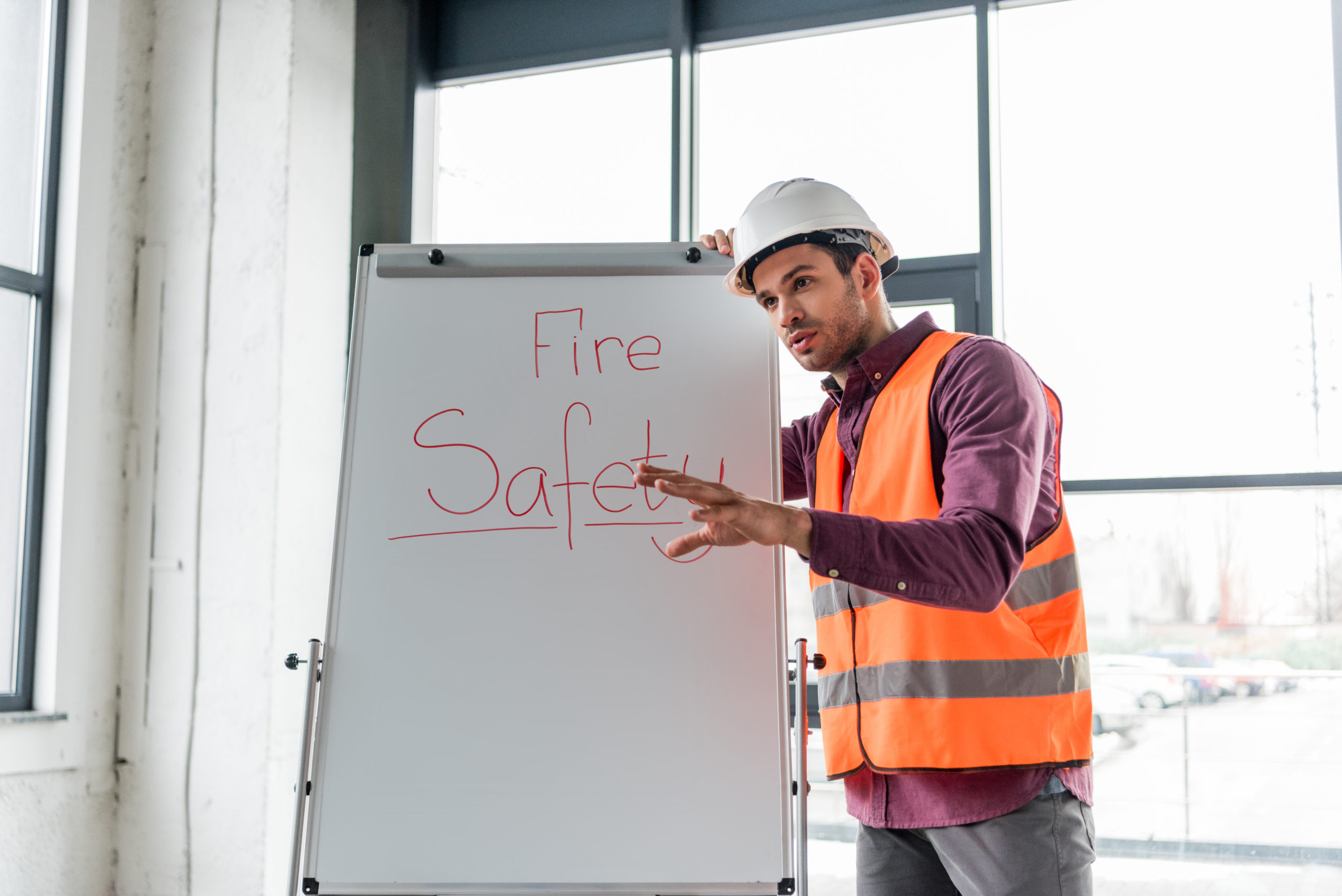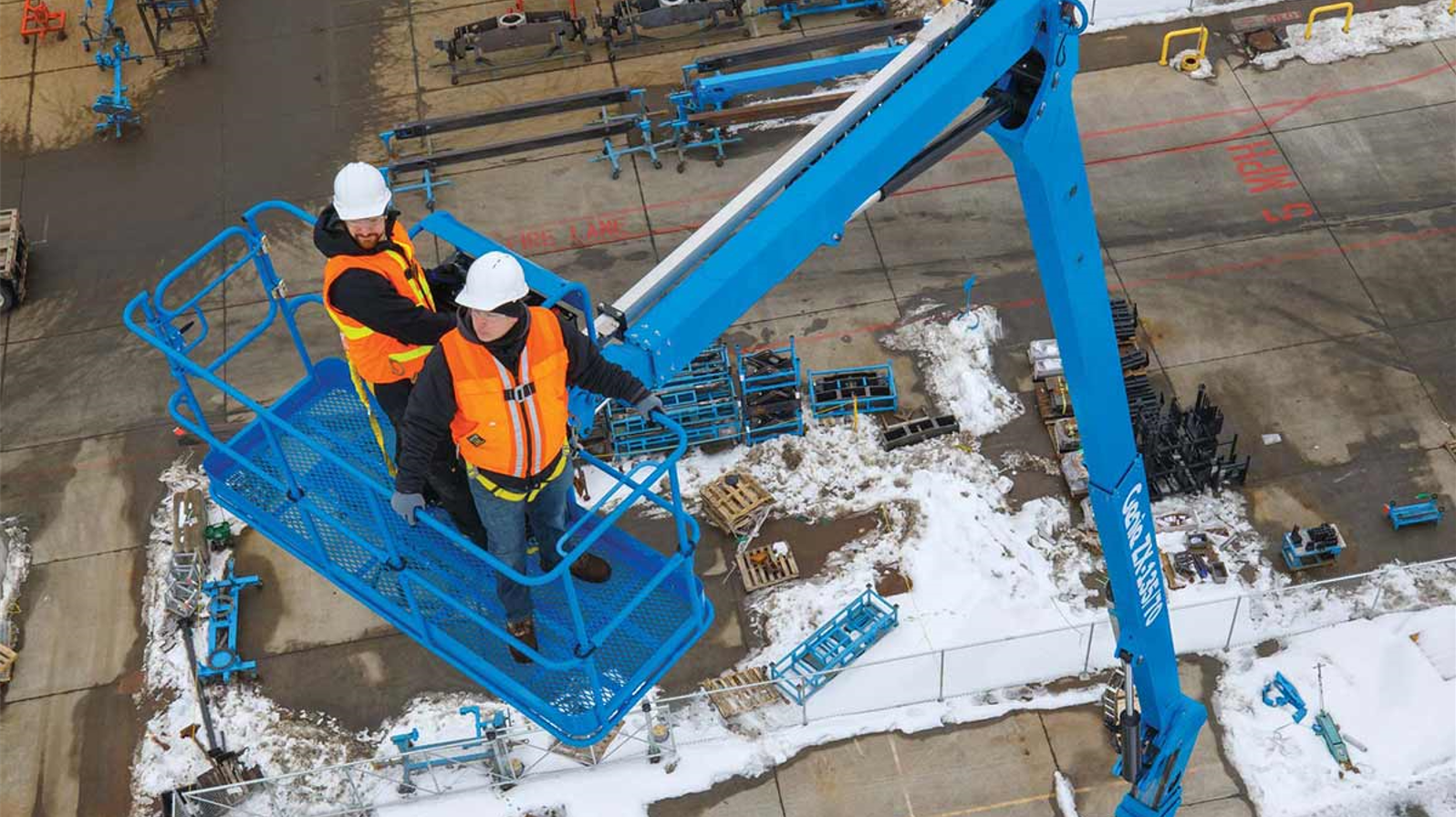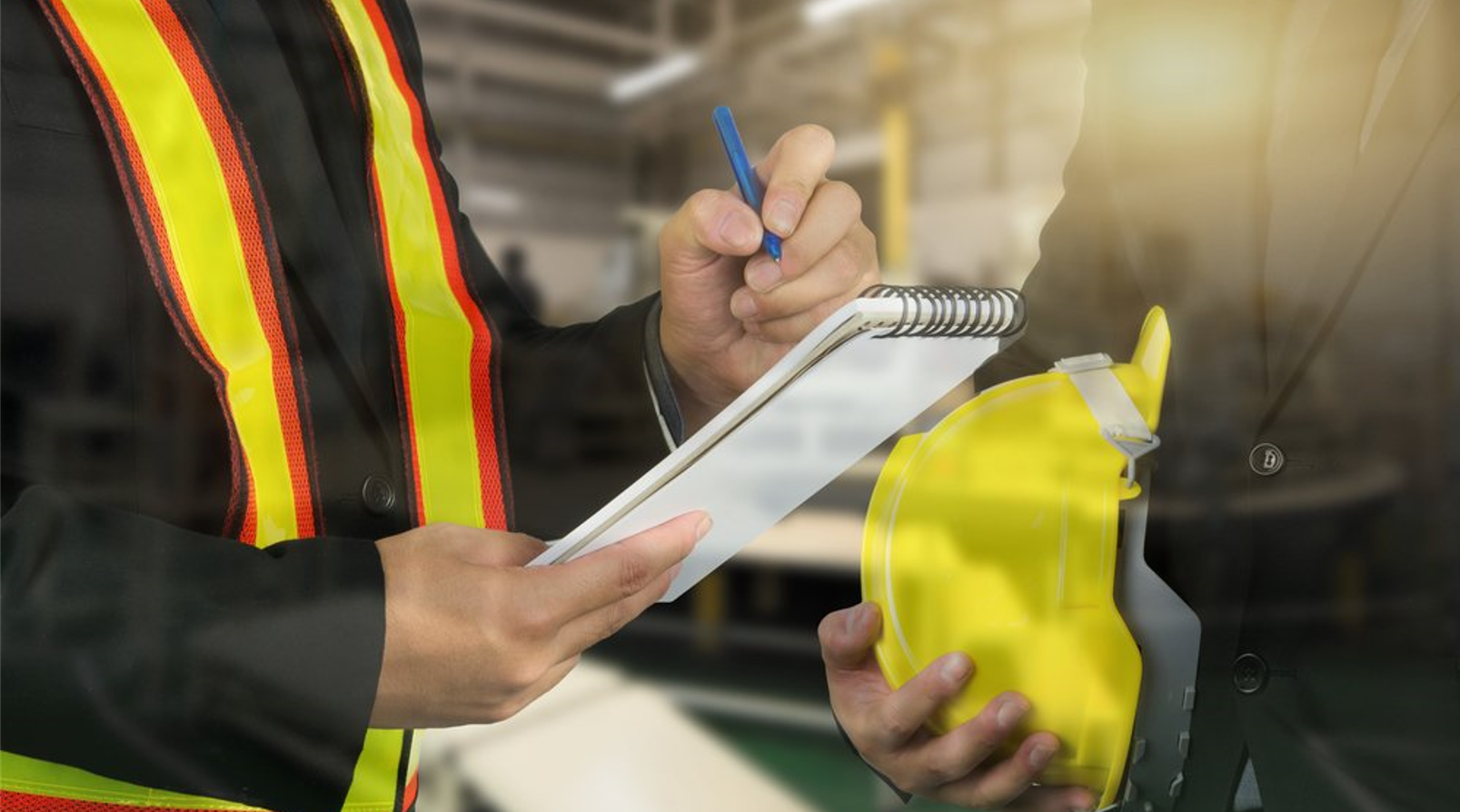This course covers the proactive and reactive duties as a Fire Warden. It will cover when it is and isn't safe to fight a fire and how to use the various types of fire extinguishers accordingly.
This course is meant to teach learners how to identify potential hazards in the workplace using various hazard identification tools, with the goal of preventing incidents from occurring.
In this quick course, you can expect to learn about the symptoms and nature of COVID-19 to reduce the risk of transmission spread and protect everyone.
If your team have to get off of the ground to complete jobs in hard to reach workspaces, then you need to make sure your people have the knowledge to work at heights safely. An aerial lift is any vehicle-mounted device that elevates personnel to perform work in high places.
During this pandemic, many are experiencing anxiety for a variety of reasons. Whether the anxiety is caused by being immunocompromised, having high-risk loved ones, or just not wanting to get sick, this quick course is meant to help you. You will learn a variety of strategies to both manage anxiety and protect yourself from coronavirus.
The use of tools enables us to work much more productively, but hand and power tools can expose workers to flying objects like sparks and metal and wood splinters, electrical shock, and sharp blades and loud noises.
Proper communication and safety go hand in hand. If there is no communication for given work tasks then safety is missing.
At one time or another, almost everyone has one time or another pulled a “harmless” joke on a friend. But there is difference between true witty joke that does not cause any harm and what is commonly known as “horseplay”. The task at hand is to avoid any acceptance of the horseplay mentality in the workplace
This course meets all of Transport Canada’s training requirements under the TDG Regulations, for all persons involved in the Transportation of Dangerous Goods by ground. A final exam is required to complete the course.
Upon completion of the course learners will understand common hazards of ladder use, recognize types of ladders, requirements for use, fall prevention techniques, and how to inspect ladders before and after use to ensure safe use.
This lesson will provide an overview to prepare workers for working safely with and around electricity.












